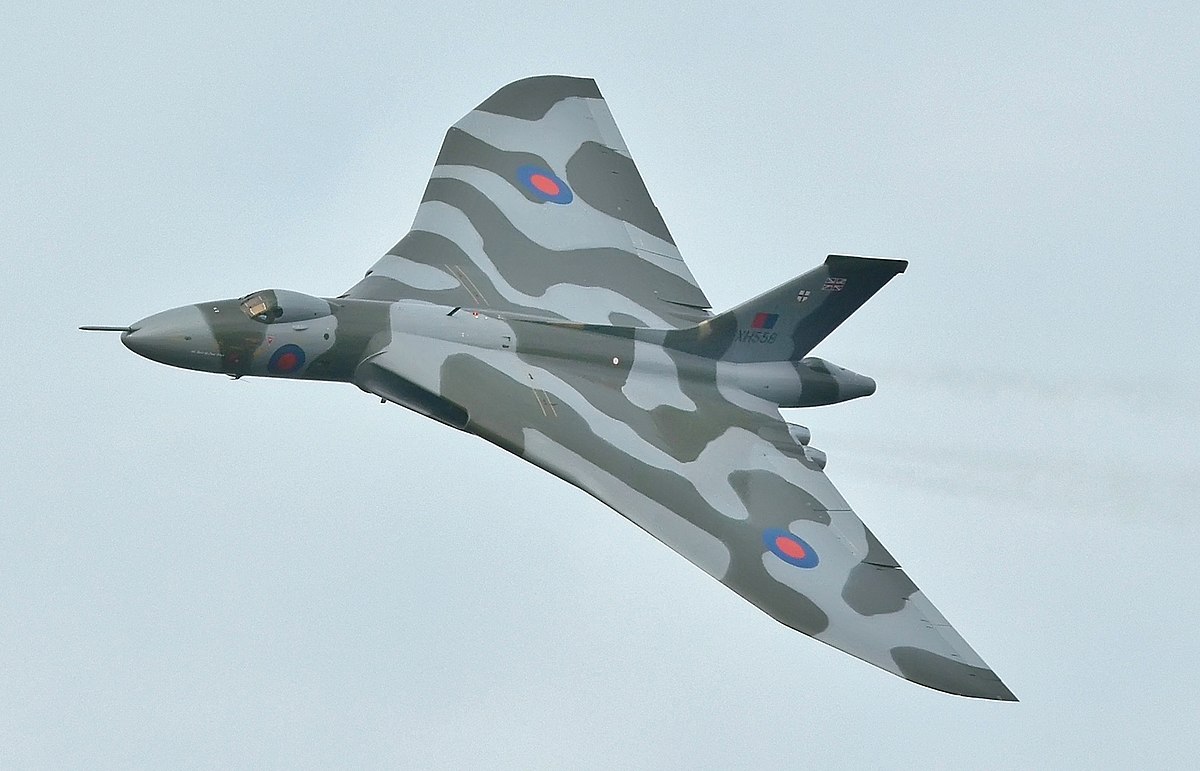Exactly. Still, it would've been untouchable at 600mph. Then again, look at all the problems that the B-47 Stratojet had to overcome. JATO for take off, parachute for landing, special tires to handle the weight & speed, huge workload for the pilot, etc. Still, the B-47 looked amazing.Th Arado 234 seems to have been quite good as a recon plane.
Last edited:
